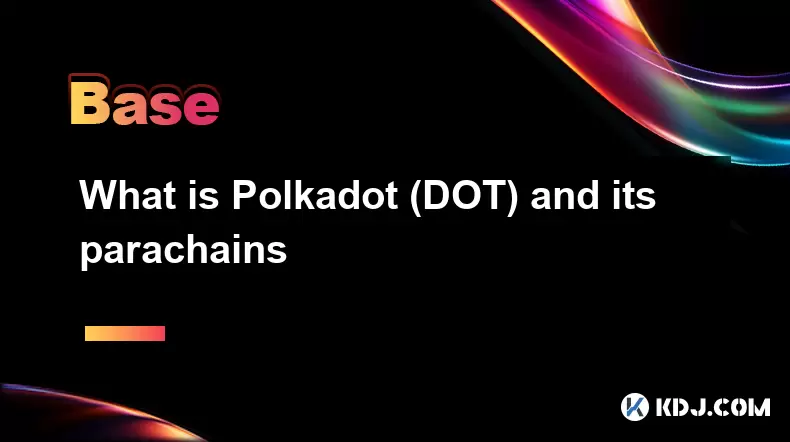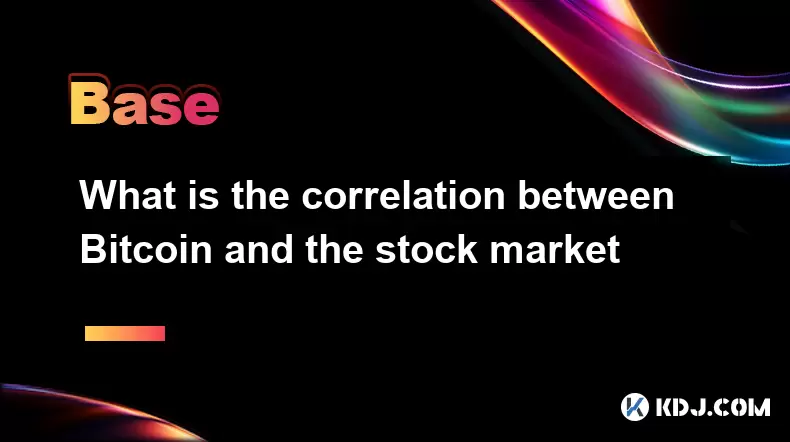-
 Bitcoin
Bitcoin $118,698.3676
0.16% -
 Ethereum
Ethereum $3,428.4877
5.97% -
 XRP
XRP $3.2496
9.52% -
 Tether USDt
Tether USDt $1.0002
0.00% -
 BNB
BNB $725.6930
4.36% -
 Solana
Solana $174.8923
4.52% -
 USDC
USDC $0.9997
-0.02% -
 Dogecoin
Dogecoin $0.2139
6.02% -
 TRON
TRON $0.3155
4.62% -
 Cardano
Cardano $0.8045
7.12% -
 Hyperliquid
Hyperliquid $46.6582
-1.72% -
 Stellar
Stellar $0.4676
0.80% -
 Sui
Sui $4.0143
0.38% -
 Chainlink
Chainlink $17.1546
2.97% -
 Hedera
Hedera $0.2458
3.27% -
 Bitcoin Cash
Bitcoin Cash $496.5967
-0.06% -
 Avalanche
Avalanche $22.8813
3.13% -
 Shiba Inu
Shiba Inu $0.0...01439
3.42% -
 UNUS SED LEO
UNUS SED LEO $8.8389
0.42% -
 Toncoin
Toncoin $3.2113
2.82% -
 Litecoin
Litecoin $101.2646
4.24% -
 Polkadot
Polkadot $4.2262
2.32% -
 Monero
Monero $340.4295
2.92% -
 Pepe
Pepe $0.0...01365
2.92% -
 Uniswap
Uniswap $8.9702
-2.78% -
 Bitget Token
Bitget Token $4.7675
2.00% -
 Dai
Dai $0.9998
-0.02% -
 Ethena USDe
Ethena USDe $1.0003
-0.04% -
 Aave
Aave $324.6394
-2.11% -
 Bittensor
Bittensor $433.6051
-0.88%
What is Polkadot (DOT) and its parachains
Polkadot enables seamless, trust-free communication between blockchains through its relay chain and parachain architecture.
Jul 18, 2025 at 04:21 am

What is Polkadot (DOT)?
Polkadot (DOT) is a multi-chain blockchain platform designed to enable different blockchains to transfer messages and value in a trust-free manner. Created by the Web3 Foundation and led by Dr. Gavin Wood, one of the co-founders of Ethereum, Polkadot aims to solve the interoperability problem in the blockchain space. Unlike traditional single-chain networks like Bitcoin or Ethereum, Polkadot functions as a relay chain that connects multiple blockchains, called parachains, into a unified network.
At its core, Polkadot uses a sharded architecture to process transactions across multiple chains simultaneously. This allows for greater scalability and efficiency compared to traditional linear blockchain structures. The native token of the Polkadot ecosystem is DOT, which serves several purposes: governance, staking, and bonding.
How Does Polkadot Work?
Polkadot’s architecture consists of three main components: the Relay Chain, Parachains, and Bridges.
- The Relay Chain acts as the central hub of the Polkadot network. It coordinates consensus, shared security, and cross-chain interoperability among connected chains.
- Parachains are individual blockchains that are connected and secured by the Relay Chain. Each parachain can have its own unique features and use cases.
- Bridges allow Polkadot to communicate with external networks such as Ethereum and Bitcoin, enabling cross-chain transfers without requiring trust in third parties.
The consensus mechanism used by Polkadot is called Nominated Proof-of-Stake (NPoS), where validators secure the network and collators help maintain parachains by collecting transactions and producing state transition proofs for validators.
What Are Parachains?
Parachains are application-specific blockchains that operate in parallel within the Polkadot ecosystem. They are designed to serve specific functions, such as DeFi, NFTs, Web3 identity, oracles, and more. Each parachain benefits from the shared security provided by the Relay Chain, eliminating the need for each chain to establish its own validator set.
To become a parachain, a project must win a parachain slot auction, where DOT holders vote using their tokens to support projects they believe in. Winning a slot requires locking up a significant amount of DOT for the duration of the lease period, typically ranging from 6 months to 2 years.
Some notable parachains include:
- Acala, a decentralized financial hub
- Moonbeam, an Ethereum-compatible smart contract platform
- Phala Network, a privacy-preserving cloud computing service
Each parachain operates independently but can interact seamlessly with other parachains via the XCMP (Cross-Chain Message Passing) protocol, currently under development.
How to Participate in Polkadot Ecosystem
Participating in the Polkadot ecosystem involves various roles, including staking, governance, and parachain bidding. Here's how you can get involved:
- Staking DOT: Users can stake their DOT tokens to help secure the network. Stakers can either be validators (running nodes) or nominators (delegating to validators). To stake, you’ll need to use a wallet like Polkadot.js Wallet or Talisman and connect it to the Polkadot apps interface.
- Governance Participation: DOT holders can vote on referenda and council proposals. Governance includes changes to the protocol, treasury allocations, and emergency upgrades.
- Supporting Parachain Auctions: You can contribute your DOT to crowdloan campaigns launched by parachain projects. Your DOT will be locked for the lease duration if the project wins a slot.
Here’s a detailed walkthrough of staking:
- Install and set up a compatible wallet
- Transfer DOT tokens to the wallet
- Navigate to the “Staking” section in Polkadot apps
- Select “Account Actions” and choose “Bond”
- Choose the amount to stake and select a validator
- Confirm the transaction
Polkadot vs Other Interoperability Protocols
Polkadot competes with other interoperability solutions like Cosmos (ATOM), Chainlink CCIP, and Wormhole. However, key differences set Polkadot apart:
- Shared Security Model: Unlike Cosmos, where each zone must secure itself, Polkadot provides shared security through its Relay Chain. This means all parachains benefit from the same level of protection without needing independent validator sets.
- On-chain Governance: Polkadot emphasizes on-chain governance where every change goes through a transparent and democratic voting process. In contrast, many other protocols rely on off-chain governance models.
- Sharding and Scalability: Polkadot’s design inherently supports parallel processing of transactions through parachains, offering better scalability than most cross-chain bridges that rely on sequential verification.
These architectural choices make Polkadot a robust solution for developers aiming to build scalable, interoperable, and secure blockchain applications.
Frequently Asked Questions
Q1: Can I unstake my DOT anytime?
No, there is a bonding period when you stake DOT. If you decide to unstake, your funds will be released after the unbonding period, which typically lasts 28 days.
Q2: What happens if a parachain loses its slot?
If a parachain fails to renew its slot after the lease expires, it becomes a parathread, functioning only when it pays per-block fees. Its data remains on the Relay Chain, but it loses guaranteed block production slots.
Q3: Is Moonbeam the same as Ethereum?
Moonbeam is Ethereum-compatible, meaning it supports Solidity smart contracts and Ethereum tooling. However, it runs on Polkadot and offers faster finality, lower fees, and interoperability with other parachains.
Q4: How does XCMP work?
XCMP (Cross-Chain Message Passing) enables communication between parachains. Messages are verified through light clients and Merkle proofs, ensuring secure and trustless cross-chain interactions once fully implemented.
Disclaimer:info@kdj.com
The information provided is not trading advice. kdj.com does not assume any responsibility for any investments made based on the information provided in this article. Cryptocurrencies are highly volatile and it is highly recommended that you invest with caution after thorough research!
If you believe that the content used on this website infringes your copyright, please contact us immediately (info@kdj.com) and we will delete it promptly.
- Maharashtra Government Nurses Launch Indefinite Strike: A Healthcare Crisis?
- 2025-07-18 04:30:13
- Hilbert Group, Syntetika, and Tokenization: Bridging DeFi and Institutional Finance
- 2025-07-18 05:30:12
- Crypto Regulation in the US House: Decoding the CLARITY Act and What It Means for You
- 2025-07-18 04:30:13
- Superman Soars on Coins and Medals: A Collector's Guide to Comic Art Treasures
- 2025-07-18 05:30:12
- Bitcoin Whale Wallets in Motion: What's the Buzz?
- 2025-07-18 05:35:13
- Pepeto, Dogecoin, Popcat: Meme Coin Mania in 2025!
- 2025-07-18 05:50:12
Related knowledge

What is the Bitcoin dominance index
Jul 12,2025 at 10:35pm
Understanding the Bitcoin Dominance IndexThe Bitcoin Dominance Index, often abbreviated as BTC.D, is a metric used to measure Bitcoin's market capital...

What is the Bitcoin dominance index
Jul 11,2025 at 04:29am
What is the Bitcoin Dominance Index?The Bitcoin Dominance Index is a metric used to gauge Bitcoin's market capitalization relative to the total market...

What is the correlation between Bitcoin and the stock market
Jul 18,2025 at 04:56am
Understanding the Correlation Between Bitcoin and the Stock MarketThe correlation between Bitcoin and the stock market has become a topic of increasin...

Can crypto be a hedge against inflation
Jul 14,2025 at 12:21am
Understanding the Concept of Hedging Against InflationInflation refers to the general increase in prices and fall in the purchasing value of money ove...

Can crypto be a hedge against inflation
Jul 12,2025 at 12:07pm
Understanding the Role of Blockchain in Decentralized Finance (DeFi)Blockchain technology serves as the backbone of decentralized finance, offering a ...

What are account abstraction wallets
Jul 13,2025 at 01:43am
Understanding the Concept of Account AbstractionAccount abstraction is a term frequently used in the Ethereum ecosystem, particularly within discussio...

What is the Bitcoin dominance index
Jul 12,2025 at 10:35pm
Understanding the Bitcoin Dominance IndexThe Bitcoin Dominance Index, often abbreviated as BTC.D, is a metric used to measure Bitcoin's market capital...

What is the Bitcoin dominance index
Jul 11,2025 at 04:29am
What is the Bitcoin Dominance Index?The Bitcoin Dominance Index is a metric used to gauge Bitcoin's market capitalization relative to the total market...

What is the correlation between Bitcoin and the stock market
Jul 18,2025 at 04:56am
Understanding the Correlation Between Bitcoin and the Stock MarketThe correlation between Bitcoin and the stock market has become a topic of increasin...

Can crypto be a hedge against inflation
Jul 14,2025 at 12:21am
Understanding the Concept of Hedging Against InflationInflation refers to the general increase in prices and fall in the purchasing value of money ove...

Can crypto be a hedge against inflation
Jul 12,2025 at 12:07pm
Understanding the Role of Blockchain in Decentralized Finance (DeFi)Blockchain technology serves as the backbone of decentralized finance, offering a ...

What are account abstraction wallets
Jul 13,2025 at 01:43am
Understanding the Concept of Account AbstractionAccount abstraction is a term frequently used in the Ethereum ecosystem, particularly within discussio...
See all articles

























































































